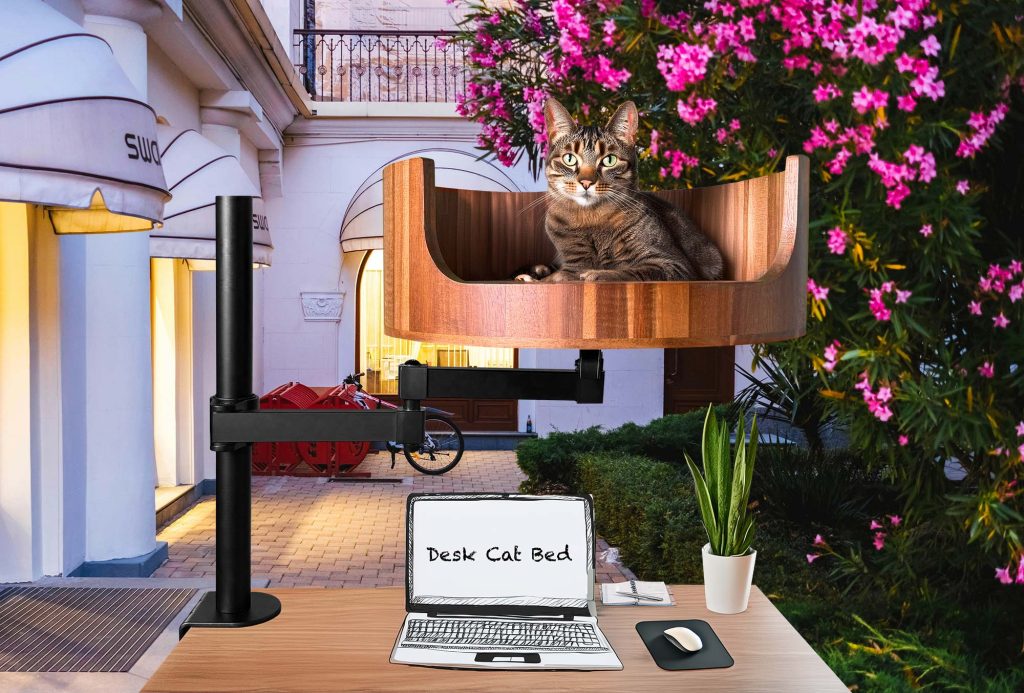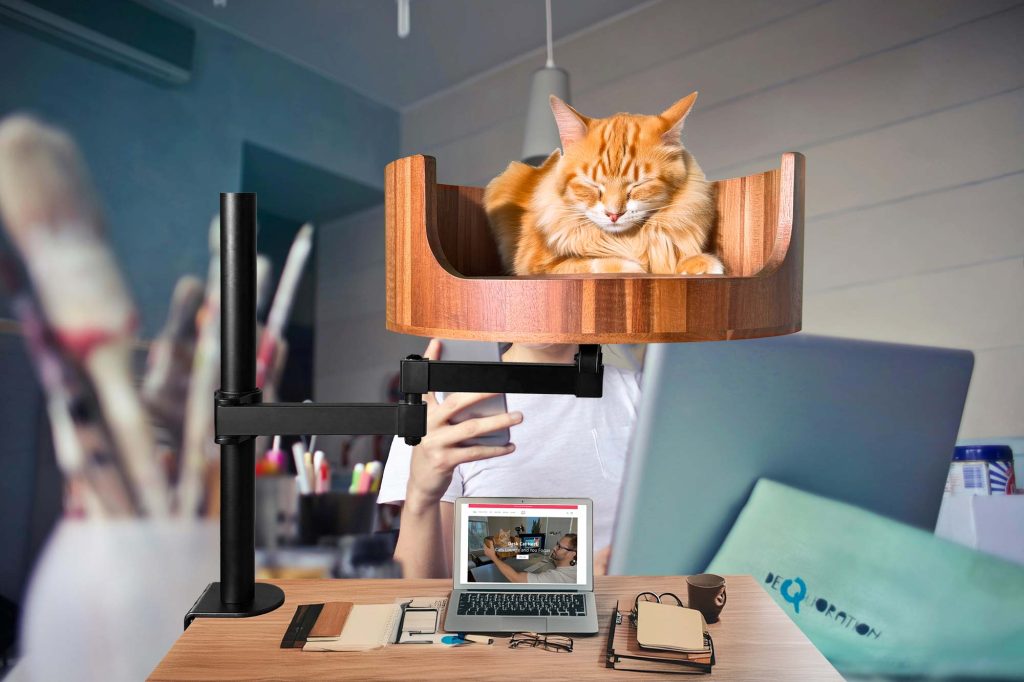Is your cat lacking appetite and losing weight? As a pet owner, you may be concerned about your feline friend’s health and well-being. One common issue that cat owners face is when their cat’s appetite decreases, leading to potential health problems. In this article, we will discuss the reasons why your cat may be experiencing a decrease in appetite and provide tips on how to encourage your feline friend to eat more.
One possible reason for your cat’s decreased appetite could be stress or changes in their environment. Cats are known to be creatures of habit, and any disruptions in their routine can lead to a loss of appetite. Additionally, underlying health issues such as dental problems, gastrointestinal issues, or infections can also affect your cat’s appetite. It is important to address any potential health concerns with your veterinarian to rule out any medical reasons for your cat’s decreased appetite. We will also explore ways to make mealtime more enticing for your cat, including trying different flavors of food, feeding in a quiet and comfortable environment, and using food puzzles or toys to stimulate their interest in eating. By implementing these tips, you can help your cat regain their appetite and maintain a healthy weight.
1. Offer a variety of food options to stimulate your cat’s appetite and prevent boredom.
2. Create a quiet and stress-free environment for meal times to encourage eating.
3. Incorporate interactive feeding toys or puzzles to make meal times more engaging for your cat.
4. Consider consulting with a veterinarian if your cat’s decreased appetite persists or is accompanied by other symptoms.
5. Monitor your cat’s eating habits closely and make adjustments as needed to ensure they are getting proper nutrition.
1. Providing a Comfortable Feeding Environment
When it comes to increasing a cat’s appetite, creating a comfortable feeding environment is essential. Cats are known for being picky eaters, so it’s important to make sure they feel relaxed and at ease while eating. One way to achieve this is by setting up a designated feeding area that is quiet and free from distractions. This could be a quiet corner of the room or a separate room altogether. Additionally, make sure the feeding area is clean and free from any strong odors that could put your cat off their food.
2. Rotating Food Options
Cats can get bored easily with their food, so it’s a good idea to rotate their options to keep things interesting. This could involve switching between different brands, flavors, or textures of food. You can also try mixing in some wet food with their dry kibble or adding in some treats for variety. By offering a variety of food options, you can stimulate your cat’s appetite and prevent them from getting tired of their meals.
3. Feeding Schedule and Portion Control
Establishing a consistent feeding schedule can help regulate your cat’s appetite and prevent overeating. Set specific meal times each day and stick to them to create a routine for your cat. Additionally, practice portion control to ensure that your cat is not overeating or undereating. Consult with your veterinarian to determine the appropriate portion size for your cat based on their age, weight, and activity level.
4. Encouraging Play and Exercise
Regular play and exercise can help stimulate your cat’s appetite and keep them healthy. Engage in interactive play sessions with your cat to encourage movement and activity. You can also provide them with toys, scratching posts, or climbing structures to keep them active throughout the day. By incorporating play and exercise into your cat’s routine, you can boost their metabolism and overall well-being, leading to a healthier appetite.
Desk Cat Nest FAQ
1. How can Desk Cat Nest help increase my cat’s appetite?
Desk Cat Nest provides a comfortable and cozy space for your cat to relax, which can help reduce stress and anxiety. A relaxed cat is more likely to have a healthy appetite and enjoy their meals.
2. Is Desk Cat Nest suitable for all cat breeds?
Desk Cat Nest is designed to accommodate cats of all sizes and breeds. The spacious design allows cats to stretch out comfortably while they eat, promoting healthy eating habits.
3. Can Desk Cat Nest be easily cleaned?
Yes, Desk Cat Nest is made with materials that are easy to clean. Simply wipe down the surface with a damp cloth or use a pet-safe disinfectant spray to keep the nest clean and sanitary for your cat.
4. Will my cat enjoy using Desk Cat Nest?
Many cats enjoy using elevated spaces for eating and resting. The cozy design of Desk Cat Nest provides a safe and private area for your cat to relax, making it a popular choice for finicky eaters or cats who need a little extra encouragement to eat.
5. How should I introduce Desk Cat Nest to my cat?
It’s best to introduce Desk Cat Nest gradually to your cat. Place their food or treats in the nest to encourage them to use it, and praise them when they do. Over time, your cat will associate the nest with positive experiences and be more likely to use it regularly.
In conclusion, the Desk Cat Bed is a valuable choice for cat owners looking to increase their feline’s appetite. By providing a comfortable and secure space for your cat to rest and relax, the Desk Cat Bed can help reduce stress and anxiety, leading to a healthier appetite. Additionally, the elevated design of the bed promotes better digestion and can encourage your cat to eat more regularly. With its cozy and inviting design, the Desk Cat Bed is sure to be a beneficial addition to any home seeking to improve their cat’s overall well-being and appetite.


